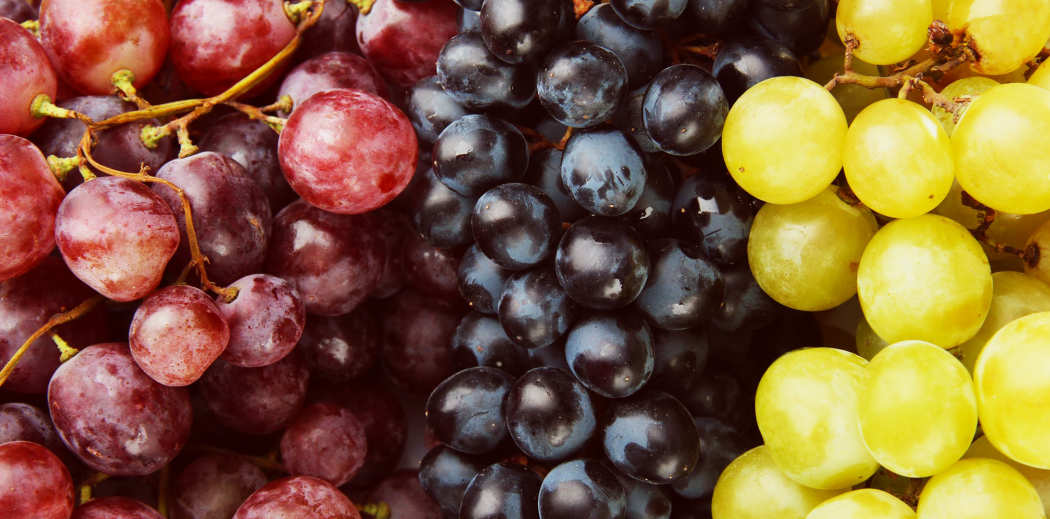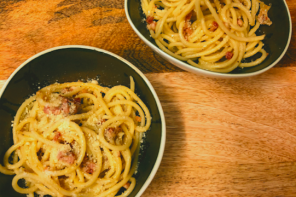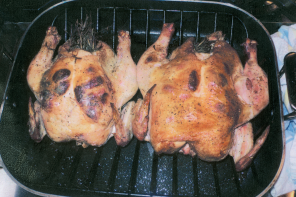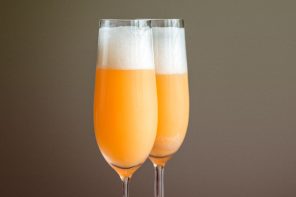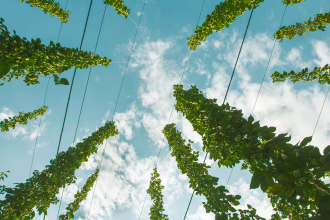The grape world is messy business. There are estimated to be more than 10,000 varieties of wine grapes. Woah. And that’s not even the whole list.
In the grape world, grapes can be categorized a variety of ways, but there are two general groups we really care about: table grapes and wine grapes. (Read: yummy grapes and boozy grapes). While there’s a whole lot of messy stuff in between, (i.e. hybrids, grafting, rooting hormones, cross pollination) we just want to give it to you as straight as we can. Based on the type of grape consumer you are, here’s the low-down on the grapes you’re taking in.
Wine Sipper
The grapes you’re downing glass after glass are more than likely a descendant of Vitis vinifera, the grape species that produces almost all wine grapes. From this species stems thousands of varieties, including well-known varieties like Cabernet Sauvignon, Merlot and Riesling. Now what makes these grapes better suited for wine?
In general, wine grapes are much sweeter than table grapes, and that sugar is what makes fermentation – we mean alcohol – possible. They typically have big seeds and a lot of juice, and they have thick skin (think: color, flavor and tannins of red wine!). Basically they are the perfect grape for smashing. Imagine trying to smash the grapes you buy from a store – yeah, grapes used for wine aren’t like that. They are much more delicate (aka messy).
Grapes chosen for wine are often not too great on their own – though you can definitely give them a try. But the chewy, thick skin and seeds (not to mention the high sugar content) don’t make the tastiest snack. Hence, fermentation and wine. Voila.
Grape Popper / Raisin Snacker
There’s a good chance the table grapes you’re consuming are a product of science. While that may worry you, imagine eating those same grapes you love so much with seeds in them. There are so many varieties of grape out there because some smart grape guys discovered how to accentuate different qualities in grapes by breeding different species together.
According to the Arkansas Table Grape Cultivars (yeah, they grow grapes there), eastern table grapes in the US are interspecific hybrids (Science!) of V. vinifera and another species native to America, like V. labrusca. Basically, the European V. vinifera just can’t hack the colder temperatures east of the Rocky Mountains alone.
Hybrid or not, (not all table grapes are cross bred) table grapes have some common characteristics that make them better suited for eating, fresh or dried, than for drinking wine.
Table grapes are larger than wine grapes, about twice the size. They usually have less sugar, which makes them more enjoyable to eat and doesn’t aid the fermentation process as well. Table grapes are often bred to be seedless (thank, goodness!) and aren’t as juicy as wine grapes. A thinner, but stronger skin coats a sturdier grape, which makes sense if you think about all these grapes have to go through to get from vine to stores everywhere. The strong skin also means they aren’t as easy to press (for wine!) but they provide that nice crisp bite when you’re snacking on them. Thanks, science!
Juice Drinker
The grapes in your morning drink – unless that drink is wine – are most likely table grapes. The Concord grape (Welch’s 100% Grape Juice anyone?) is the best known variety of V. labrusca and is used primarily to make grape juice and jellies. This table grape actually has a pretty thick skin and usually 3 to 4 seeds. It sounds a lot more like a wine grape, (we told you this would be messy) but the grape is known as a slip-skin grape, which means the insides of the grape easily slide out and is more difficult to press. It is also a very sweet grape and has a dark blue-purple color that make it great for juice, jellies and grape flavoring.
Making wine from Concord grapes is not very popular due to the “foxiness” of the grape. The labrusca species is commonly known as the fox grape – possibly due to the foxes that eat the grapes, or due to a scent that some have said resembles that of a fox’s fur coat. The labrusca varieties like Concord are known to give off this foxy scent – described as the scent of a wild, musky animal – when fermented. So not the best choice for wine, unless of course you enjoy that taste – and some do.
The Concord grape is a great example of how broad, and messy, the table and wine grape categories can be. Many grapes can be used for both table and wine consumption, and the unique characteristics of each grape variety (again, 10,000 plus) vary widely. It really comes down to individual taste buds to decide what tastes good as a grape, and what will taste good as a wine.

